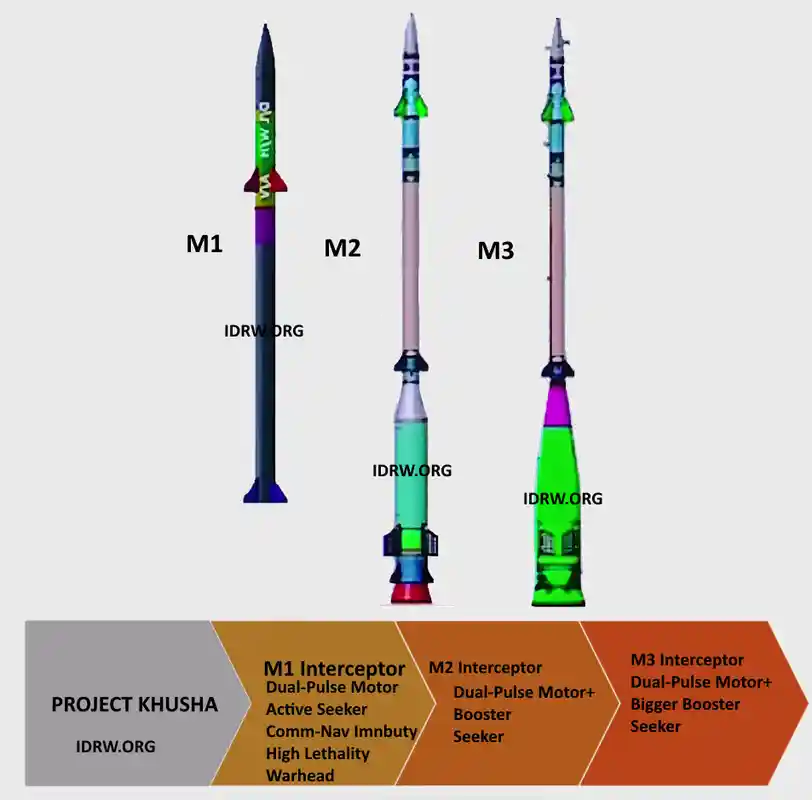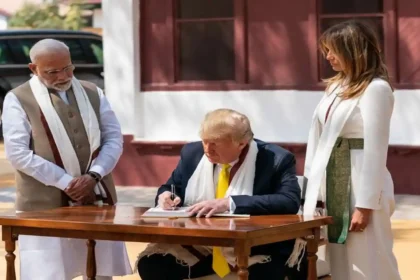On June 8, 2025, Dr. Samir V. Kamat, head of India’s Defence Research and Development Organisation (DRDO), made a bold claim. He said Project Kusha, a new home-grown air defence system, matches Russia’s S-500 Prometey and beats the S-400 in capability. This news has sparked interest across India, showing the country’s push to strengthen its defences.
Dr. Kamat told media and defence officials that Project Kusha is being built as a top-level long-range air and missile defence system. He compared it to the S-400, already in use in India, but stressed Kusha goes beyond it. He noted it aligns more with the S-500’s tech and goals, reflecting India’s big ambitions. The S-500, known for tackling hypersonic threats and satellites up to 600 km, sets a high standard, and Kusha aims to meet it.
Kusha is a complex project with three interceptor missiles covering 150 km, 250 km, and 400 km ranges. It’s designed to fill the gap between India’s Medium-Range Surface-to-Air Missile (MR-SAM) at 80 km and the S-400 at 400 km. Future upgrades could make it even stronger. Bharat Electronics Limited (BEL) plans to finish the prototype in 12 to 18 months, with user trials taking another 12 to 36 months. The Indian Air Force targets a 2028-2029 rollout. Work is underway, with M1 interceptors being built, 20 airframes ready, and 50 kill vehicles ordered. M2 and M3 designs are also in progress, supported by Airborne Warning and Control Systems (AWACS).
Launched in 2022, Kusha is a long-range Surface-to-Air Missile (SAM) system to counter fighter jets, cruise missiles, and ballistic threats. It ties into India’s ballistic missile defence (BMD) setup, boosting airspace protection. The system will use interceptors hitting targets up to 350 km, plus advanced tracking radars and vertical-launch tech. This shows India’s effort to rival global powers.
Russia’s S-500 is a leader in air defence, handling hypersonic missiles and low-orbit targets over 600 km. India’s S-400, covering 500 km, is already deployed, but the S-500 isn’t available for export yet. Kusha could change that dependency. Reports suggest it might cost less than foreign systems, with a ₹21,700 crore budget for five squadrons, compared to the $5.25 billion S-400 deal.
DRDO’s progress in radar, seeker, and propulsion tech is key to Kusha. Learning from the S-400, India is adding its own innovations. Some say Kusha could be vital for long-term defence, especially against China’s 12,000 km-range missiles and support to Pakistan. The project supports India’s self-reliance goal, reducing import needs.
Challenges remain. The compact M1 missile’s 150 km range raises doubts, and integrating a multi-layered system is tough. Delays, like those with S-400 due to the Russia-Ukraine conflict, could slow progress. Still, collaboration with BEL and private firms aims to meet the 2028-2029 deadline.
The Indian Air Force sees Kusha as a game-changer, offering better protection against modern threats. Dr. Kamat’s announcement has raised hopes that India is building a world-class system. As testing nears, all eyes are on how Kusha will perform.







